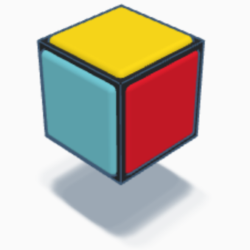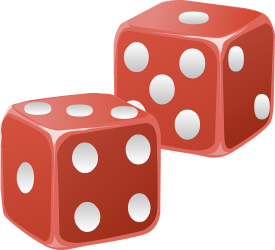Whoever you are, Rubik’s 1×1 notation the right page to come to. Welcome home, weary traveler, for today you find your purpose in life, the universe, and indeed eternity. Read on. Or go here for a more concise overview of the 1×1.
1×1 Notation is the topic every cuber dreads to tackle. Known for its tricky complexities, switchbacks, and indeed spectacular connections in uncommon areas, it can take years to finally master.
Become Familiar with your 1×1


First, you’ll need to be familiar with your 1×1. Spend time with it. Tell it jokes. Don’t be afraid to be vulnerable, because Rubik’s Cubes are generally friendly creatures unless provoked. That being said, the smaller ones are more feisty.
Here are common ways to get familiar with the 1×1:
THE GOAL: Be friends with your cube to learn its ins and outs.
THE METHOD: Try either stories, races, or gymnastic competitions.
Stories: Rubik’s Cubes love stories. Tell them stories often, as it increases feelings of closeness that will allow later bonding. I tell them stories about dragons, which frequently match their own personalities.
Races: Rubik’s Cubes of all types, especially the more athletic 1x1s, love racing. Simply run with it in your hand, and make them win sometimes, it does them good.
Gymnastic Competitions: Rubik’s Cubes are comfortable in all orientations, and so frequently win competitions against humans. When thrown, they can perform all manner of flips and tricks. I bet you can’t do that.
Learn 1×1 Notation
Your 1×1 will let you know when it is ready to begin the journey of mutual understanding. While they like to believe they know all about you in the beginning, really both sides have more to learn.
Here is what your Rubik’s Cube may tell you, in some varieties of course:
WHOLE CUBE ROTATION: X, Y, and Z notate rotating the whole cube, along the X Y and Z axis. The X rotation is in the same direction as an R turn, Y as a U, and Z as an F.
Learning Algorithms
Rubik’s 1×1 notation is the first step in your journey. Complex series of algorithms can be performed by throwing them at walls and tables. For example, an algorithm I have yet to master using the table approach is (X Y’ X Y2 Y Z2 Z’ Y’ X Z Y’). It flips the cube multiple times in an eye tricking way.
